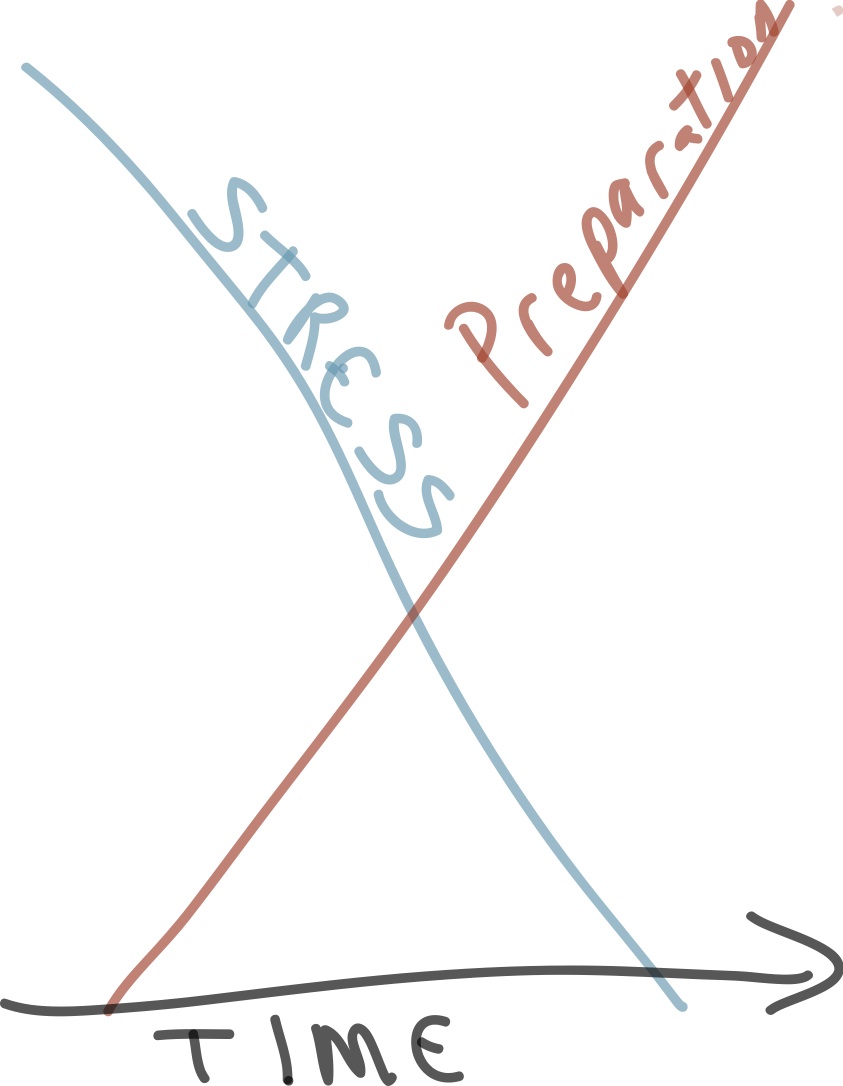
Some lessons you learn the hard way in life and leadership.
Take for example a recent principle I posted about attributes of a maturing leader. I shared that a maturing leader has learned never to respond immediately in anger. Shortly after the post went live I was interviewed about it for a leadership podcast. They questioned me on how I learned that one.
Well, most of the time you learn those things by responding in anger and regretting it later. And, this has happened to me a multiple of times. I once released a good employee in anger, for example. I regretted it ever since.
Many years ago, however, I was convicted by Scripture. (Isn’t this what Scripture is supposed to do?)
I read a passage I had read many times, but I saw something this particular time I’d not previously noticed.
See if you catch it in this John 2:13-16 passage:
“The Jewish Passover was near, so Jesus went up to Jerusalem. In the temple complex He found people selling oxen, sheep, and doves, and He also found the money changers sitting there. After making a whip out of cords, He drove everyone out of the temple complex with their sheep and oxen. He also poured out the money changers’ coins and overturned the tables. He told those who were selling doves, “Get these things out of here! Stop turning My Father’s house into a marketplace! ””
Did you catch it? Did you see the powerful leadership principle about responding in anger?
Yes? If so then you were convicted too most likely.
It’s huge. It will change the way you deal with people in tense or confrontational environments.
If you didn’t catch it, read it one more time. This time the emphasis is mine.
“The Jewish Passover was near, so Jesus went up to Jerusalem. In the temple complex He found people selling oxen, sheep, and doves, and He also found the money changers sitting there. After making a whip out of cords, He drove everyone out of the temple complex with their sheep and oxen. He also poured out the money changers’ coins and overturned the tables. He told those who were selling doves, “Get these things out of here! Stop turning My Father’s house into a marketplace! ””
Make sense now? He made a whip. Before Jesus cleared out the temple – He made a whip. Handcrafted whip.
Have you ever made a whip out of cords – a whip strong enough to drive out people bent on making money through unrighteous means?
I have to be honest. I never have made a whip in my life. I don’t know how long it took to make whips in Jesus days, but it certainly wasn’t instantaneous.
There was time for reflection. Time to think. Time to process. Time to make a plan. Time to pray.
Suddenly the scene I had in my head of Jesus seeing the activity in the temple and going wild with anger was not the same.
I can picture Jesus sitting on the steps of the temple, talking to His Father. (The Scripture says He did nothing except what the Father told Him.)
Maybe the dialogue went something like this:
God, how do you want me to respond to this?
They are in the temple, money-changing. I know how You feel about that. It’s Your house. It’s supposed to be a House of Prayer.
What should I do? How serious should I take this?
(Twisting the leather a little tighter.)
You know, God, they are going to be writing about this for a very long time. This scene may even appear in the movies someday.
Help me know how to respond.
It wasn’t a rash decision. It wasn’t unrehearsed. He didn’t respond purely out of emotion.
To me it has the appearance of being a very calculated, methodical, strategic move.
Over the years of leadership, since I realized how Jesus actually cleared the temple and facing lots of critics and conflicts of my own, I’ve made a lot of figurative whips. Perhaps someday I’ll even make a real one – and hang it on my wall. I’ve taken time before responding to think, process, develop a plan. And, all this in the spirit of prayer.
In the process – of being more calculated, methodical, and strategic – it’s made me a better leader. It’s helped me respond better.
And, here’s the other thing I discovered. Often, once I’ve made the figurative whip – I didn’t need to actually use it. In fact, and here’s the real life lesson, sometimes the process led me to understand I was the one who was wrong. Ouch!
When you’re facing conflict in life and leadership — when you’re angry — take time to make a whip. It changes everything.






 Logging you in...
Logging you in...
 Loading IntenseDebate Comments...
Loading IntenseDebate Comments...
Twitter: todd400
says:
I don't think the whip was for the people it was for the livestock.
Either way. He made a whip. Thanks.
Twitter: jonathanpearson
says:
Love this illustration and concept!
Thanks for encouraging me to write it in a post
Whom would Jesus whip?
http://www.wholereason.com/2015/11/wwjd-whom-would-jesus-whip.html
Wow! Great illumination of the Word, Ron. Thanks for sharing!
Thanks Mark.